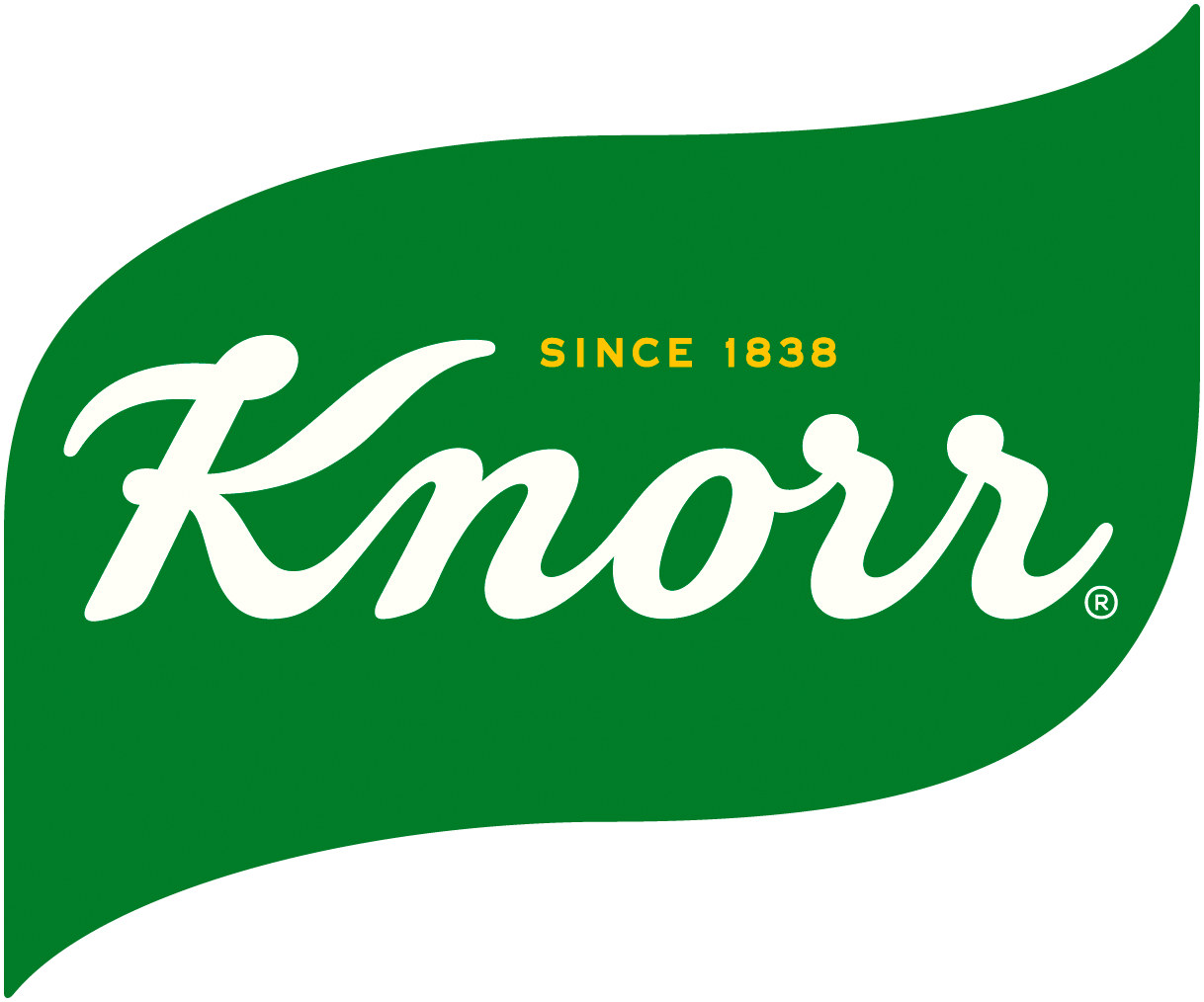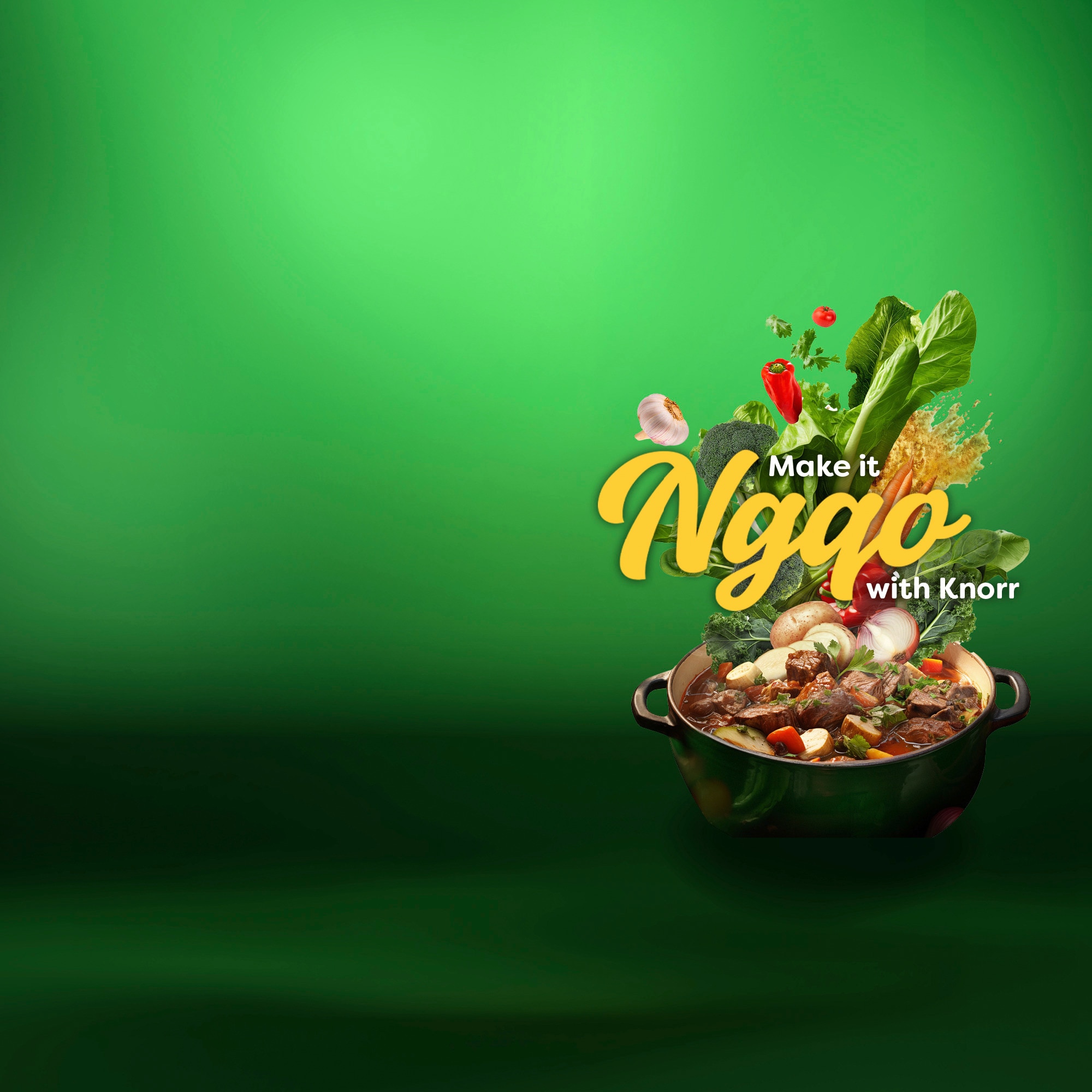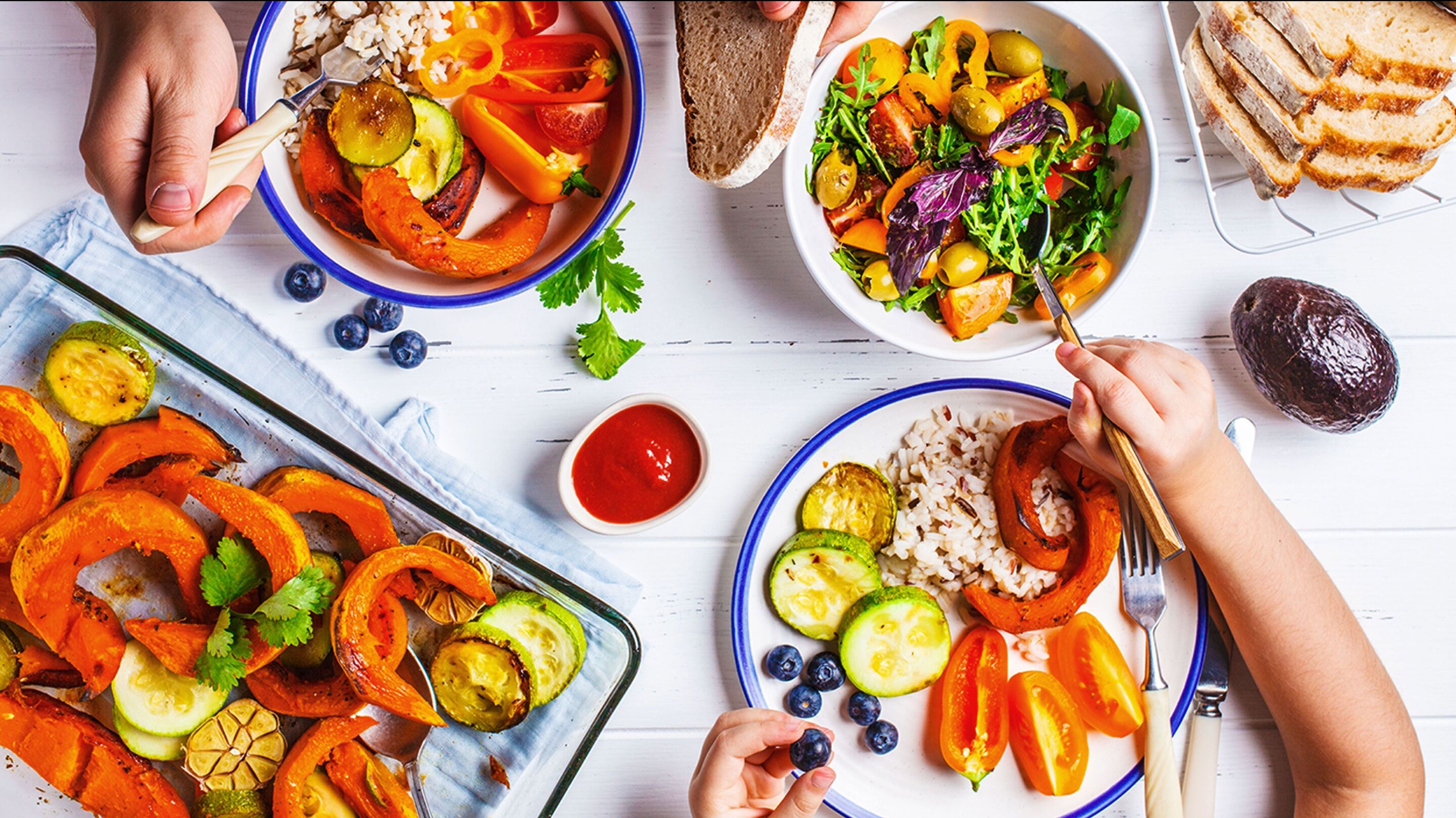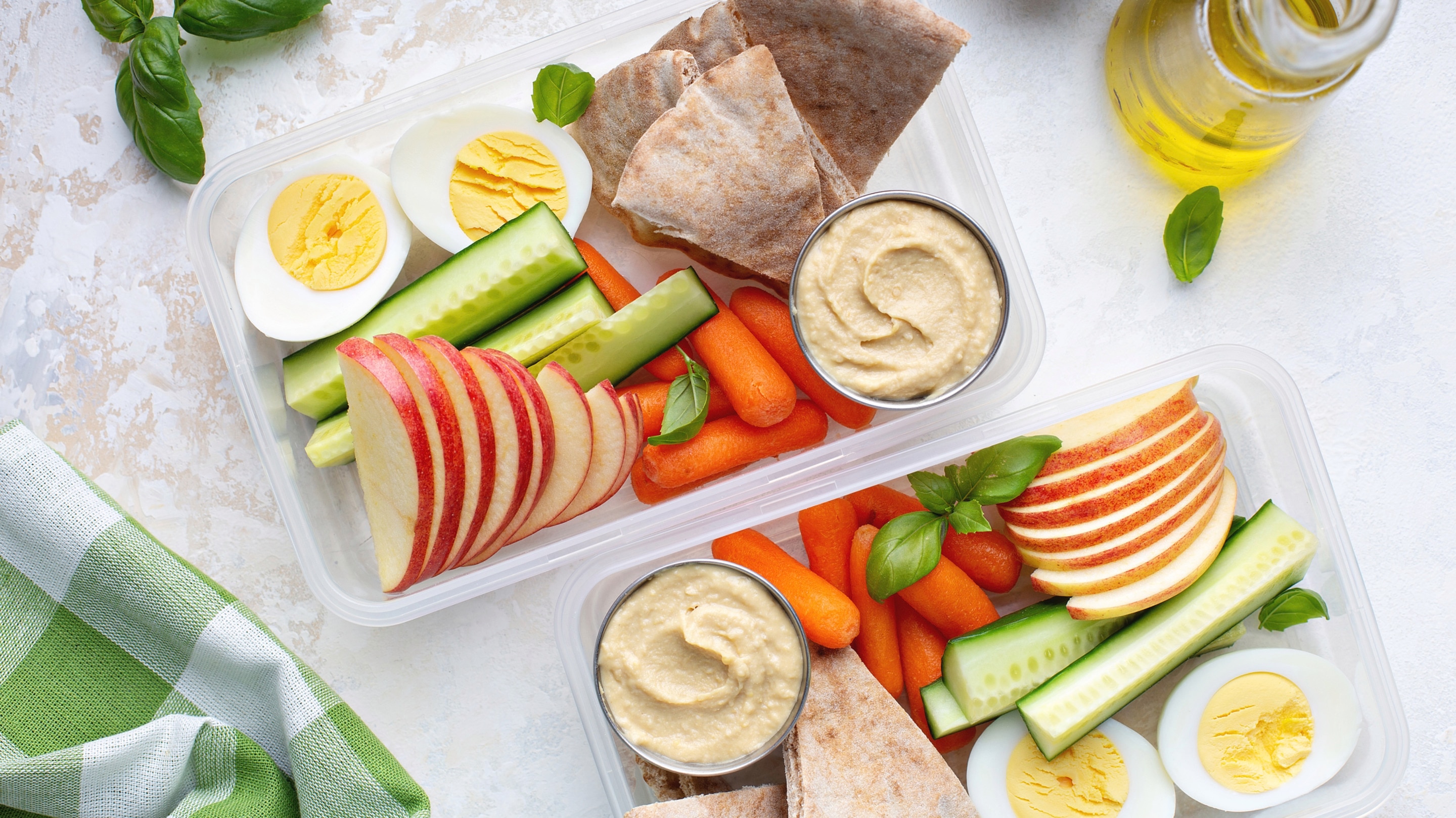Skip to:
Everything You Need To Know About: Quinoa
Quinoa is one of our exciting Future 50 Foods! Learn about the origins of the humble quinoa grain, how it is cultivated today and how you can benefit by adding quinoa to your next meal.
Origins:
Quinoa has long been a staple in South American cuisines. In Bolivia and Peru, it’s eaten mainly in stews and soups. It can be prepared easily by being brought to a boil in stock or water, then reduced to a simmer until all the liquid is absorbed.
Sustainability:
In the early 2000s, this wholesome grain gained popularity as a healthier, tastier replacement for rice in both Europe and North America. This created a greater demand for quinoa than ever before. However, of over 3000 types of quinoa, the increased global demand only called for a few varieties.
Farmers were forced to take measures to increase their yields…much to the detriment to surrounding trees, soil and water. Because of the pressure to produce more quinoa, the farm lands are not replenished with nutrients between harvests which has created environmental degradation and damaged soil.
Fortunately, quinoa is not very resource intensive when compared to crops of a similar nature. It can easily be grown following sustainable practices, and it should be. There are now incentives in place for farmers to grow less common types of quinoa as well as programmes to encourage the consumption of quinoa in schools and restaurants. This has opened global trade opportunities for farmers and positively impacted local economies.
The situation surrounding quinoa stresses the importance of growing and eating a wide variety of grains and cereals. Even though, interestingly, quinoa isn’t actually a cereal at all. It’s a relative of spinach, beets and chard. Quinoa is known as a hardy plant, able to tolerate frost, drought and high winds, with little fertilisation. It is a water-wise plant that can be grown in extremely diverse climates and terrains.
Nutritional Value:
Quinoa contains all 9 of the essential amino acids, making it a high quality source of protein. Quinoa is also naturally gluten-free and contains an exceptional balance of plant-based protein, fat, minerals and vitamins. When cooked, quinoa provides nutrients that are beneficial to your immune system.
It has 7x more iron, 21x more folate and almost 3x more zinc than white rice, when compared gram for gram. Quinoa also provides nutrients that help the energy breakdown in the body. It contains up to 4x more iron, almost 2x more thiamine, 4x more riboflavin and 2x more niacin than couscous – another popular replacement for rice.
As one of our Future 50 Foods, you can trust that quinoa is good for you and better for the planet.









